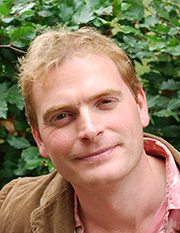Two new funded PhD opportunities with Dr. Hella Eckardt (University of Reading), Dr Richard Hobbs (British Museum) and Caroline McDonald (Museum of London) have become available:
- Ringing the changes: the social significance of finger-rings in Roman Britain: This project will analyse rings from the British Museum, the Portable Antiquities Scheme and from published sources, covering the whole of the Romano-British period…
- Tools in Roman London: industry, household practice and ritual deposition across the ancient city: As part of their placement at the Museum of London, the student will consider how Roman tools illuminate daily life in Roman London and provide an insight into agricultural, industrial, domestic and ritual activity within London…
The application deadline for both studentships is 25th of April 2014. For further information please click here.

